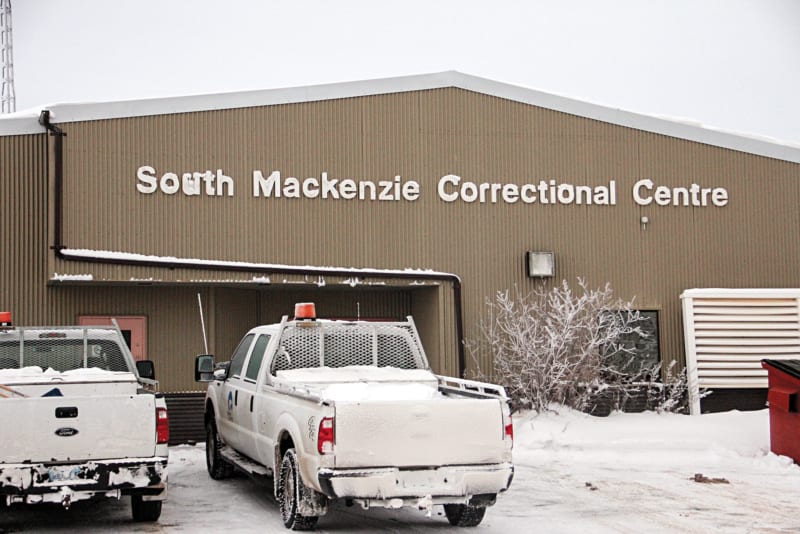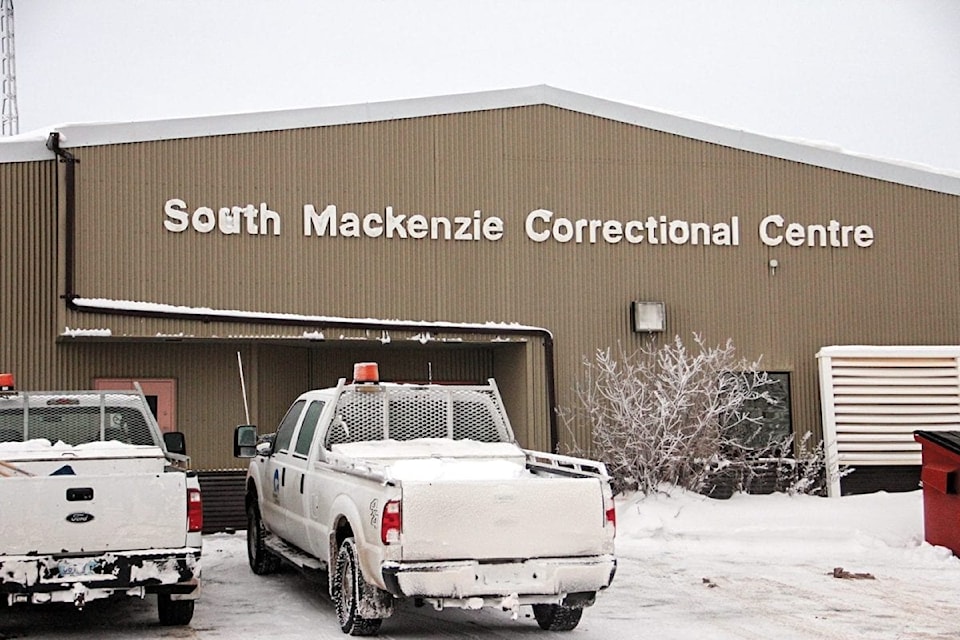Maybe it's the broken system that has News/North sometimes sounding like a broken record.
According to the GNWT Department of Justice, on Jan. 23 of this year, of the 97 males and 10 females in NWT correctional facilities, 83 per cent of them are Indigenous.
That revelation comes on the heels of an Office of the Corrections Investigator report that found more than 30 per cent of federal penitentiary inmates are likewise Indigenous – a gross over-representation considering how only about five per cent of the country's population has an Indigenous background.

The numbers for NWT jails are no less troubling, considering that just over half the population is Indigenous. It’s clear that big changes are needed.
There is a vicious cycle that touches every stage of human development in the territory, one that must be addressed at all levels, starting with early education and home life, if there is to be any hope of moving the proportion of Indigenous people in our jails closer to the actual proportions of the territory's population.
The fact is prisons are a colonial imposition on Indigenous people. There were no jails before European trappers, traders and prospectors moved into the territory. The Dene and Inuvialuit inhabitants of the pre-colonial NWT policed themselves, and did so for thousands of years. It may not have resulted in "justice" by today's legal standards but what is justice when it disproportionately penalizes one segment of society over another on an industrial scale supported by a massive bureaucracy of police, lawyers, judges, corrections and court staff largely educated and trained in southern institutions?
The inter-generational effects of such as a system are no less significant – and complicit – than the residential schools and child welfare system that fostered this criminality in the first place.
The consequences live on in the education system, hampered particularly in the communities, where attendance and achievement trail larger centres in the NWT and across Canada. Mistrust of schools sown by past residential school trauma cannot be ignored.
There are gaps in the delivery of health and social services, mental health and addictions treatment in particular, and as News/North has recently reported, serious concerns to be addressed in the foster care system.
The cost of incarceration, financial and social, can be described as a social deficit. Think of the municipal funding gap described by the 19th Legislative Assembly in their list of 22 priorities for this term in office, which refers to the difference between what the communities need to spend to maintain infrastructure like roads and sewers and what they receive in funding for that purpose. A social deficit would refer to the gap between what the territory should be spending on services like education or addictions and what the budget actually is. Because the government isn’t investing enough early in the lives of its citizens, it is spending more on responses to social ills through hospitals, jail guards, police and lawyers.
This isn’t to point fingers at who to blame, but where to best direct what scant resources are available to the still-new crew of lawmakers in the legislative assembly. Nor is it to suggest that News/North has all of the answers, but the strategy should focus on children and those critical early years.
However, no solution cooked up by a mostly non-Indigenous, mostly southern bureaucracy is going to make more sense than a culturally relevant option developed at the community level.
It’s not unreasonable to predict there is going to be a showdown at some point unless the GNWT is willing to cede control over things like health and education to the communities, which is to say, duly empowered Indigenous governments.
Current and future Indigenous governments, elders and other traditional knowledge holders have to be at the core of any approach.
Until Indigenous communities gain more control over the institutions that produce these disparate outcomes, the vicious cycle of poverty, lack of opportunity and incarceration will continue.
